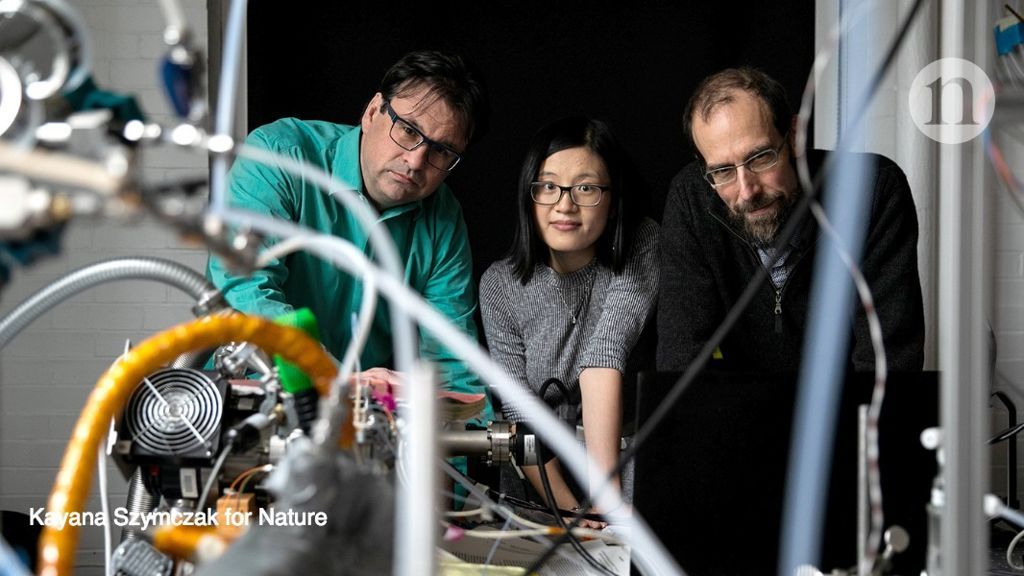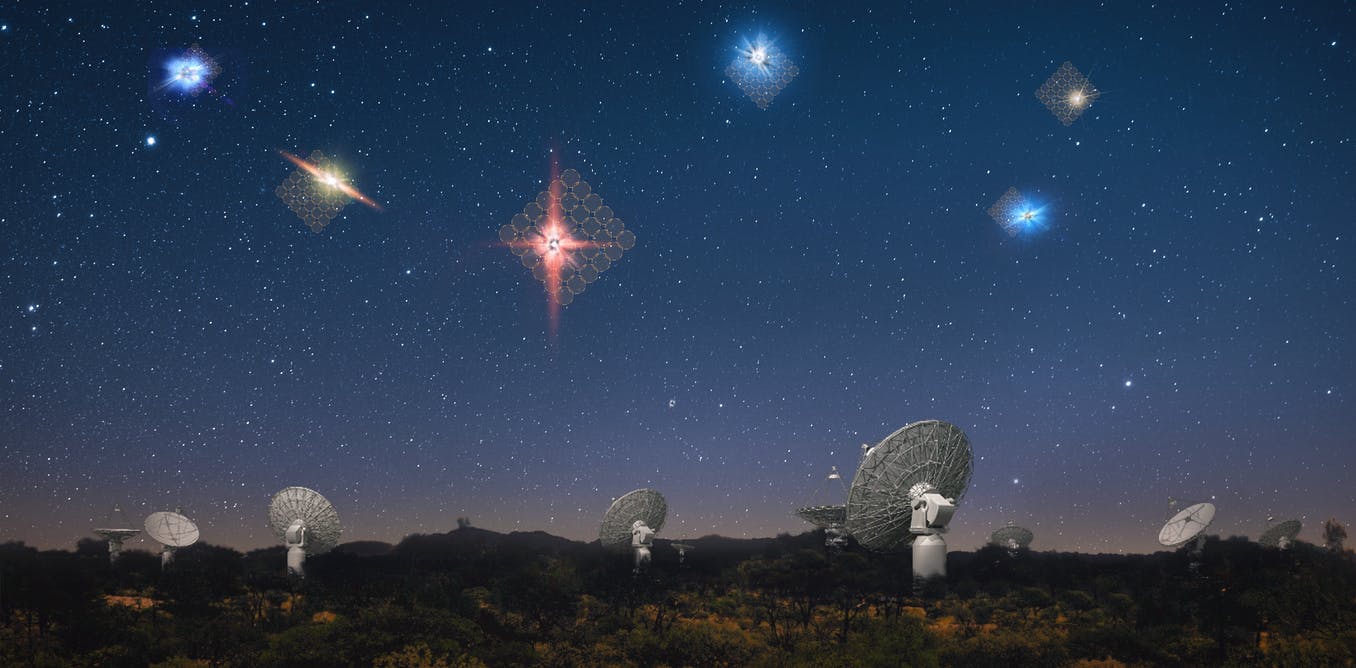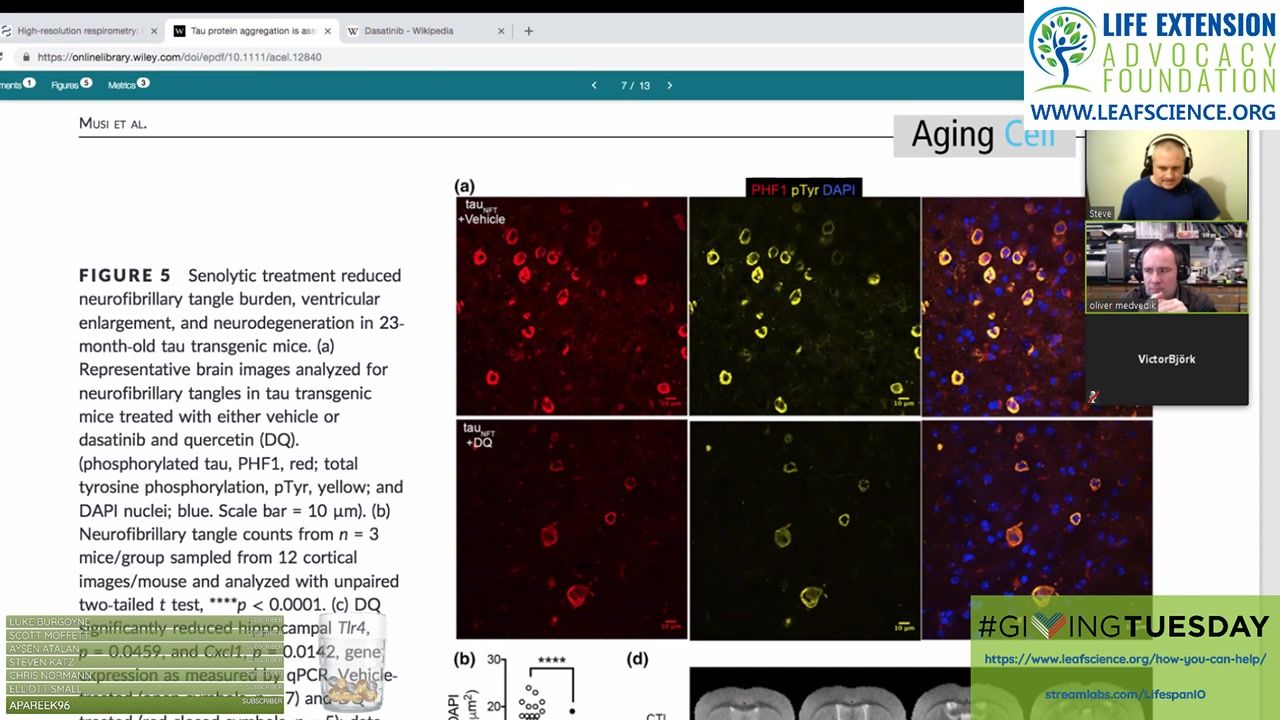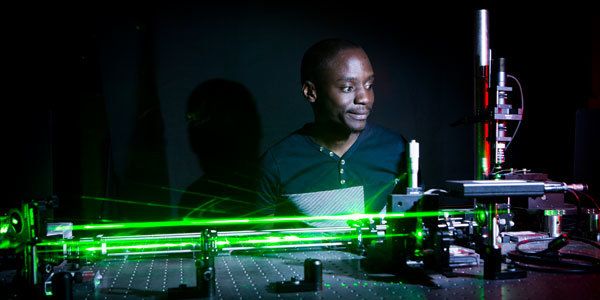TerraPower, a nuclear-energy company founded by Bill Gates, is building a molten-chloride fast reactor that could help lower carbon-dioxide emissions.
All of these facts may make it sound as though scientists know a lot about Fast Radio Bursts. In reality, we don’t. For instance, though we know they’re not from our galaxy, we don’t know where exactly they come from. We don’t know what causes them. And we’re not sure whether they might be useful as cosmological standards to measure the large scale properties of our universe.
Dozens of theories about Fast Radio Bursts have been proposed. Some conform to standard physics. Others are more exotic, including cosmic strings – hypothetical, one-dimensional structures formed in the early universe – or even rather bizarre: one theory suggests that aliens are responsible.
Now, in an attempt to discover the truth about Fast Radio Bursts, we have created a catalogue that lists each theory, along with its pros and cons. Scientists from around the world can weigh in, and new data and discoveries will be added throughout the process.
T/
Audi, Airbus and Italdesign are all working together on an electric “flying taxi” concept and they are now starting to test the vehicle.
The concept was first unveiled earlier this year at the Geneva Auto Show.
Tau protein aggregation is associated with cellular senescence in the brain is the topic for the November Journal Club. This is an important paper as it shows how senescent cells contribute to Alzheimer’s disease and how removing them appears to improve the condition. We will see you live on our Facebook page at 13:00 EST for the Journal Club show with Dr. Oliver Medvedik.
Abstract
Tau protein accumulation is the most common pathology among degenerative brain diseases, including Alzheimer’s disease (AD), progressive supranuclear palsy (PSP), traumatic brain injury (TBI), and over twenty others.
Today, we want to point out a new study showing how senescent cells poison their healthy neighbors and that the more there are, the faster they make other cells become senescent.
What are senescent cells?
As you age, increasing numbers of your cells enter into a state known as senescence. Senescent cells do not divide or support the tissues of which they are part; instead, they emit a range of potentially harmful chemical signals that encourage nearby healthy cells to enter the same senescent state, which is known as the “bystander effect”. Their presence causes many problems: they reduce tissue repair, increase chronic inflammation, and can even eventually raise the risk of cancer and other age-related diseases.
When you shine a beam of light on your hand, you don’t feel much, except for a little bit of heat generated by the beam. When you shine that same light into a world that is measured on the nano- or micro scale, the light becomes a powerful manipulating tool that you can use to move objects around – trapped securely in the light.
New pathogens emerge all the time. It’s becoming easier for small groups to create weaponized diseases. Bill Gates says a small group could build a deadlier form of smallpox in a lab. And people are always hopping on planes, making it possible for a disease to reach a new continent in a few hours.









